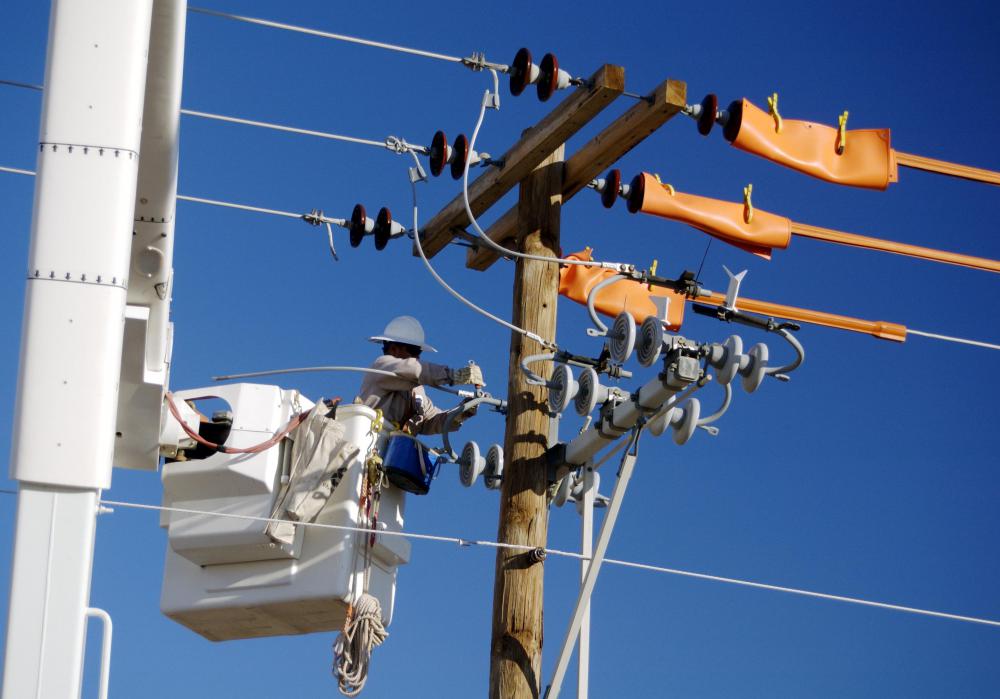At WiseGEEK, we're committed to delivering accurate, trustworthy information. Our expert-authored content is rigorously fact-checked and sourced from credible authorities. Discover how we uphold the highest standards in providing you with reliable knowledge.
What is a Regulated Power Supply?
A regulated power supply is a device used in conjunction with electrically powered appliances. It ensures that the appliance is protected from common fluctuations in the flow of electricity that could cause damage or poor performance. The most common kind of regulated power supply is used on computers, which have delicate circuitry and specific current requirements. Other types of appliances also use simple or complex forms of power regulators.
Electricity production and distribution includes wide variations in the amount of current and voltage, which are measurements of electrical charge. For example, power plants generally ramp up the voltage of electricity that goes out into a municipal power grid. This is because it is more efficient to send electricity over long distances when it is at a higher voltage. Power companies employ high-voltage alternating current or direct current (AC or DC) power lines for this purpose. Local transformers reduce the voltage to safe levels for ordinary household usage.

Household current is supposed to be maintained at a standard voltage. In practice, however, various factors can create fluctuations or momentary increases in current, called spikes or power surges. Simple appliances will not be harmed by these fluctuations, but sensitive computer circuits can be permanently damaged. Many appliances include computer circuitry, including phones, televisions, and even coffee makers. For this reason, any of these devices may utilize a regulated power supply; it often appears as a small enclosed box on the plug or power cord of the appliance.

One kind of regulated power supply is called a switched-mode power supply, or SMPS. An SMPS uses a variety of fuses, filters, and other devices to regulate the current traveling to the appliance. These devices switch the current on and off rapidly to create a standard level of voltage, regardless of incoming fluctuations or surges. The fuses in a switched-mode power supply can also protect the appliance in the case of a sudden spike in power.

Another form of a regulated power supply is a surge protector, also known as a surge suppressor. This device takes many forms, but the most common is an outlet strip. A surge protector also protects appliances from sudden surges in electricity, such as those caused by a lightning strike on power lines or equipment. In the case of a power surge, a surge protector will short out or otherwise disperse the excess electricity, preventing it from reaching the appliance and protecting the delicate computer circuitry from damage.
AS FEATURED ON:
AS FEATURED ON:














Discuss this Article
Post your comments